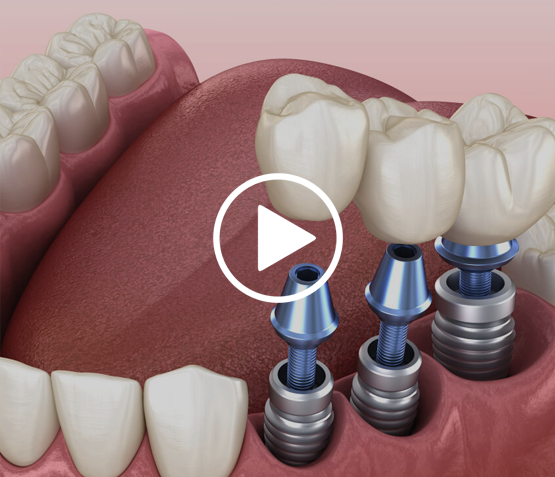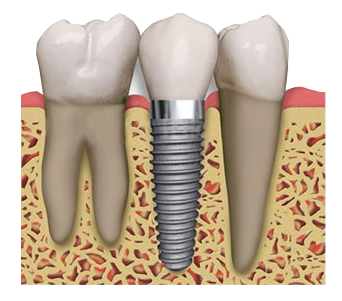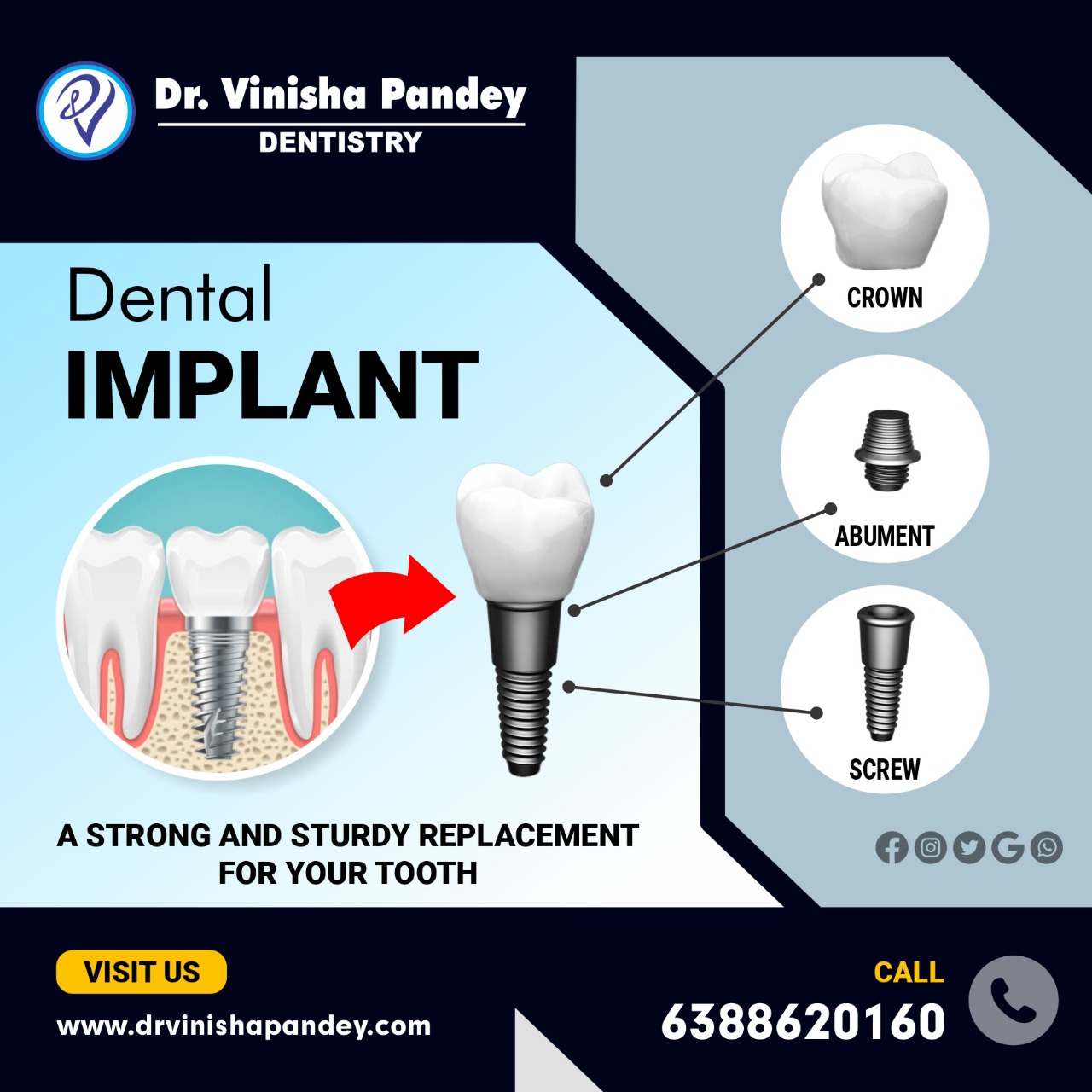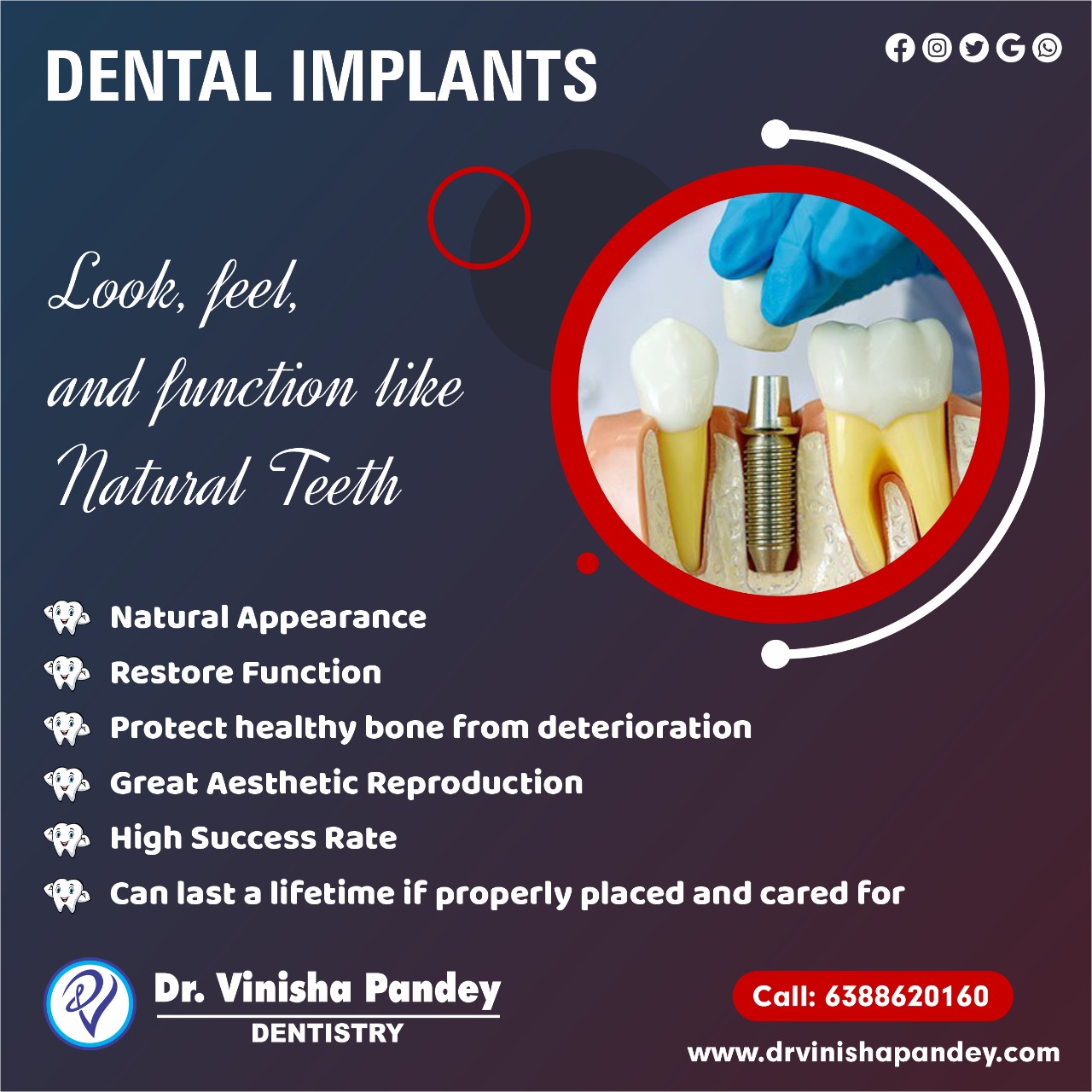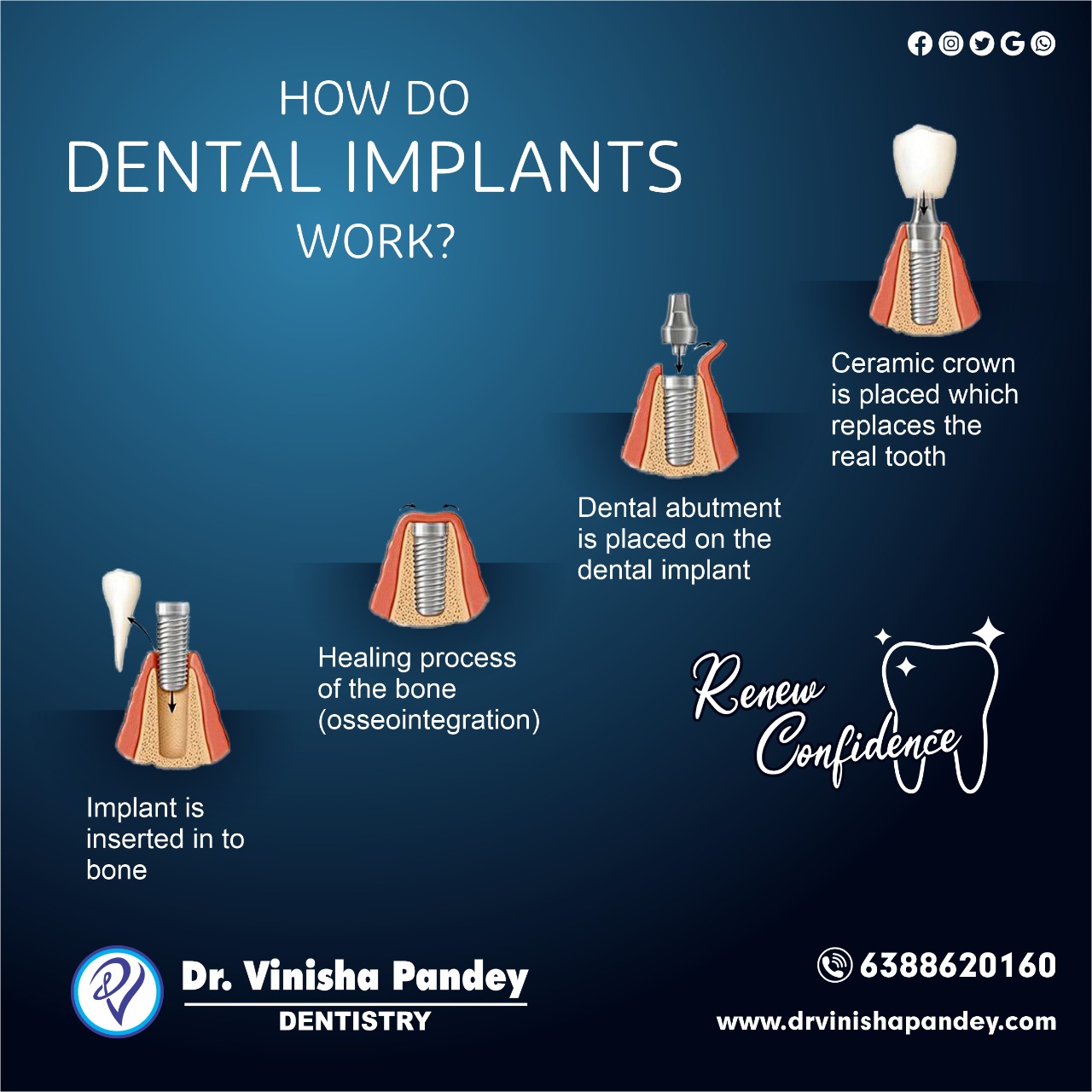Placing Your Implants – The Procedure
When you get dental implants, your tooth roots are replaced with metal tooth posts. These dental posts function similarly to artificial tooth screws. Implants differ from bridges and crowns and they function and look like natural
teeth.
The way your dentist performs the dental operation is determined by the type of implant you require, if you have an allergic reaction, you may need to have numerous dental operations to allow your bone to heal properly around the
implant. This healing process may take some time, but it will securely support the new tooth.
Initial Evaluation : Your dentist or oral surgeon will first perform a thorough evaluation to select the optimal dental implant technique for you based on the state of your jawbone. This preliminary examination involves
X-rays, impressions, and matching the colour of your teeth to ensure that your implant looks as natural as feasible.
You will also go over all of your medical conditions and medications. To avoid infection, you may need to take antibiotics before surgery, depending on your condition or surgical implants.
Tooth Extraction : If you still have a tooth that needs to be replaced, your dentist will remove it before proceeding with the dental work. This can be done at the same time during the implant placement.
Your dentist will go over anaesthetic alternatives with you. Your dentist will most likely use a local anaesthetic to make you feel numb and relieve any pain. While the tooth is pulled, you feel a slight tug and pressure. After
the extraction, you should refrain from blowing your nose, smoking, spitting excessively, or drinking via a straw. These behaviours can result in a dry socket and pain.
Inserting the Dental Implant and Bone Grafting : Dental implants are classified into two types: those that are introduced into the jawbone and those that are placed immediately beneath the gumline. Let us talk about whether
or not you have the implant in your jawbone. If your existing jawbone is robust and thick enough, you may not require any additional bone.
Because you chew, your jaw must be robust, and your bone must be strong to safeguard the implant. If your jaw need additional bone, it is usually taken from a different part of your jawbone that is not near the implant.
If you have a graft, you may need to wait for the bone to heal before adding the implant. The dentist or surgeon will place the implant after the bone has healed. Following the placement of the implant in your jawbone, the jawbone
will begin to develop around the implant. The implant is then integrated into your natural gum line. This procedure differs from person to person and might take anywhere from 3 to 9 months.
Abutment Placement : The dentist will install an abutment on top of your implant after it is stable enough. The implant is connected to your crown with the help of this piece. The abutment must be tightened so that it stays
in place when you eat. Except for a slight pressure, you will not feel anything during this procedure, As the area will be anaesthetized using local anaesthesia.
Adding the Permanent Crown : Your dentist will create your artificial tooth or crown after your gums have healed. You have the option of having a removable or permanent implant.
A permanent implant cannot be removed to be replaced or cleaned. It is either permanentlyscrewed into the abutment or fixed in place.
